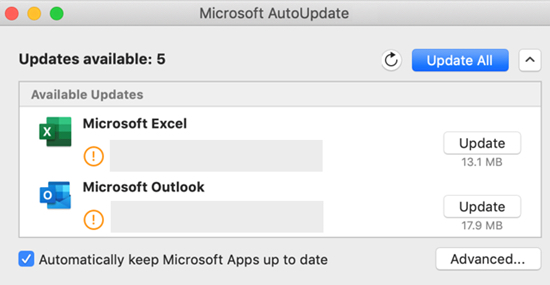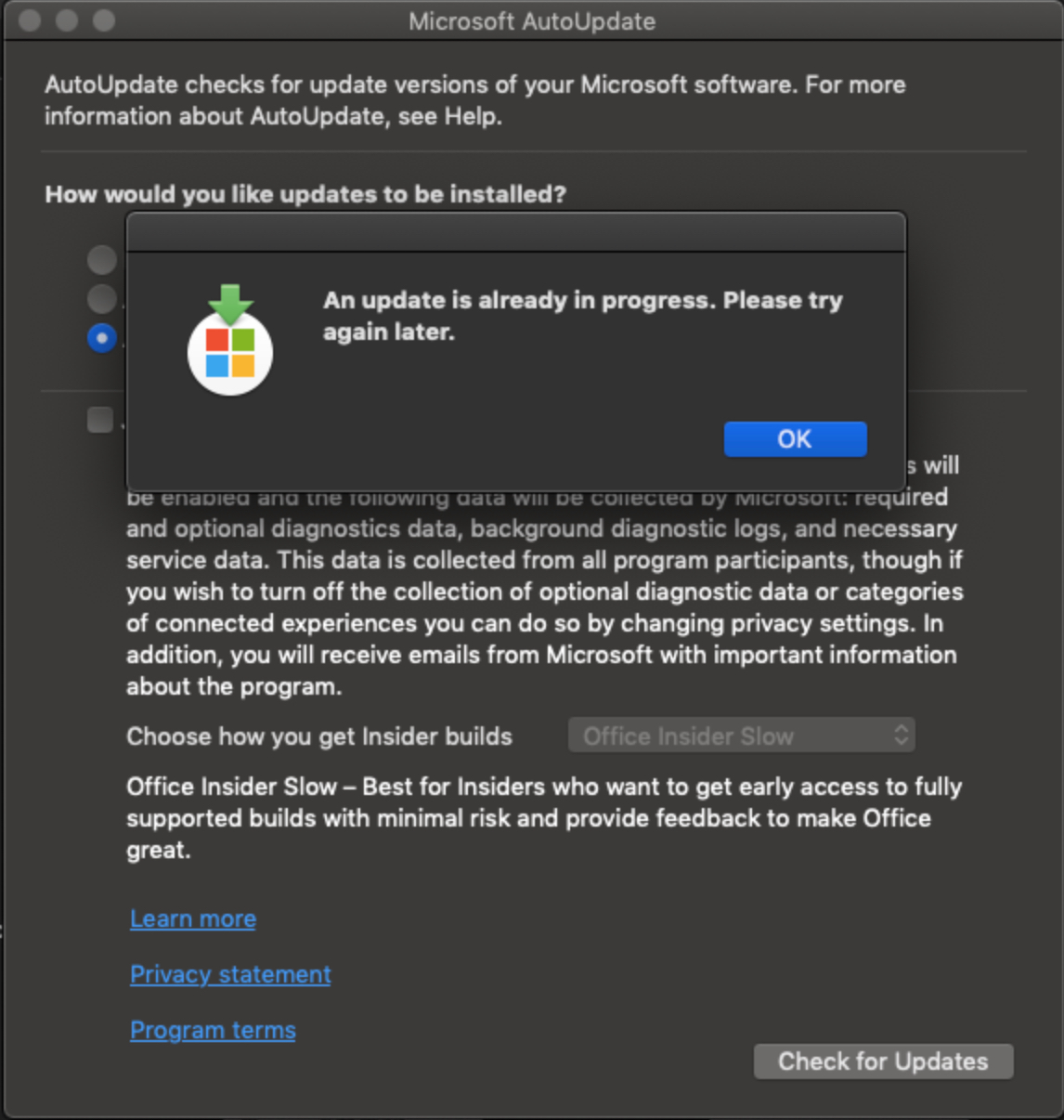

Update policy override – Can be used to control how updates are handled for each channel.Key items to be aware of are summarised below: The update schedule can be controlled, along with many other update settings by GPO or an Endpoint Manager policy. The log can be easily deciphered – I’ve highlighted some key lines that show that an update is requested for the Stable channel, downloaded and installed successfully by my test VM: This is evidenced here where a test installation has completed at 22.06 and an update check follows at 22.10: In my experience the typical behaviour is to see this log populated during the installation of Edge and the first update check is carried out around 5 minutes after the browser has been installed. “C:\ProgramData\Microsoft\EdgeUpdate\Log\MicrosoftEdgeUpdate.log” The update process for Edge can be examined more closely via a log file found in this location: Couple this with the fact that the browser is used by almost all users and is therefore a high value target for bad actors – it makes sense in my opinion to adjust and introduce a new update schedule for MS Edge.
Microsoft autoupdate 3.6.0 Patch#
Release DateĮvidently, attempting to introduce Edge updates into “traditional” patch Tuesday triggered schedules could leave the primary browser vulnerable to exploits for up to 26 days at a time with long stretches between patch releases also expected. Note: You may need to rotate your mobile phone to see all of the table columns. This doesn’t reflect reality but in most organisations does dictate what is included in the initial patch testing cycle and its schedule. The following table highlights the problem and provides an argument for creating a separate release schedule for Edge – the “7 Day Schedule” column shows how many days the browser is without patches since the time of release if an automatic update check is configured to run once every 7 days:Ĭaveat: The table is hypothetical and assumes patches are released to production on Patch Tuesday. This is a viable approach but I think we can do better. You might be thinking, as I did, that the best approach is to introduce Edge updates into well established, Patch Tuesday triggered release schedules. This post highlight the problem with trying to remain on a “patch Tuesday” triggered release cycle and I show some of my findings regarding the update sizes we can expect to see in production environments – this should help to inform future decisions and help us to tailor configuration appropriately for the enterprises we all look after. I have not explored the process from MECM in any detail so best to look elsewhere for information if that’s the approach you hope to take. The following is a post on updates to the Edge browser and some of my findings on the automatic update process using updates downloaded directly from Microsoft. This loss of control can be a concern to IT Pros who have to balance security concerns, impact to the user experience and to also ensure network bandwidth is not overwhelmed.

We can expect brand new “Feature Updates” every 6 weeks or so and “Quality” updates on an ‘undefined’ schedule. One area that is a bit of a change from the old Edge is the update cadence. The latest Edge browser from Microsoft is, so far, an excellent browser for business and personal use.


 0 kommentar(er)
0 kommentar(er)
